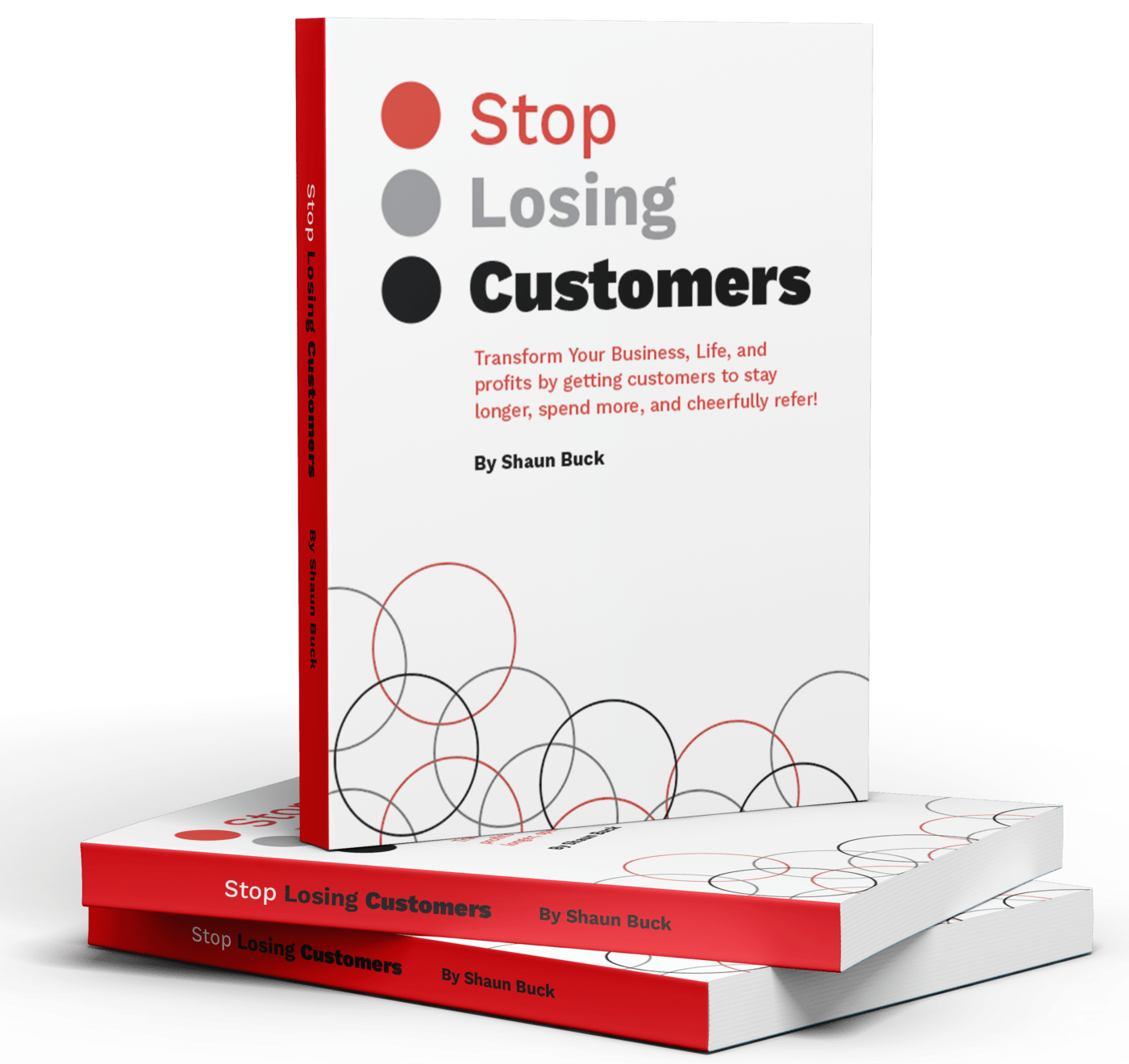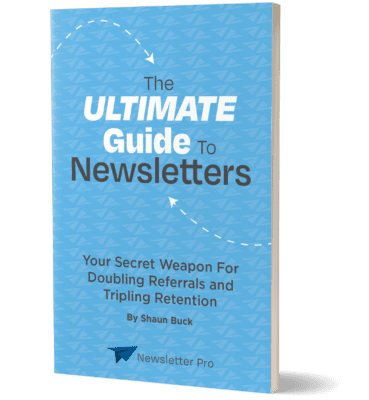Branding isn’t just about a logo or a catchy tagline; it’s the art of etching your strong brands identity into the minds of customers as part of your comprehensive business plan. “Your brand is a story unfolding across all customer touch points,” says Jonah Sachs, and shaping this narrative requires savvy branding strategies and a strong branding approach. Implementing good branding through business branding tips can refine this process. Weaving relevant content with brand guidelines ensures that your message resonates with strong branding clearly and consistently, providing essential business branding tips for good branding. Meanwhile, SEO acts as the beacon that guides potential clients through the vast digital sea to your shores, enhancing marketing efforts and building strong branding. This strategy increases good branding recognition and boosts brand awareness. This comprehensive marketing guide merges these two powerhouses—branding and SEO—to create an indomitable online presence for your company’s product logo. If you’re on a quest to make your mark in the marketing digital world, consider this free guide on brand guidelines and logo design your treasure map for good branding.
Understanding the Brand Concept
Unique Story and Values
A brand concept is like a business’s fingerprint. It’s unique to them, telling their special story and what they stand for, encapsulating strong branding with a logo that boosts brand awareness and reflects good branding principles. Think of strong branding as the heart of a business, pulsating through every aspect of brand building—from their products to how they talk to customers, reflecting good branding practices.
For example, when you see an apple with a bite out of it, you instantly think of innovative technology and sleek design—thanks to Apple Inc.’s good branding that resonates with consumers and distinguishes the company in the business world.
Influences Customer Expectations
Consumers don’t just purchase products; they invest in the experiences and stories that come with strong branding from a good branding company. A strong branding strategy ensures that consumers have a clear understanding of what to expect from your company every time they engage with your business. Good branding solidifies this concept, setting the stage for consistent customer interactions. If your company’s good branding promises top-notch customer service, consumers are going to look forward to that five-star treatment from your business.
Consider good branding examples from companies like Nike, which isn’t just selling shoes—it’s selling motivation and the idea that anyone can be an athlete to consumers.
Loyalty Through Consistency
Loyalty doesn’t happen overnight. Good branding for a company is built through consistent experiences that match up with the business’s brand story you’ve told your customers, solidifying it as one of your key assets. When people know what to expect from your company’s branding—and your business delivers on those assets—they’ll keep coming back for more.
This brand loyalty becomes even stronger when the business’s branding, including the company name, look, and feel, are all in sync with the mission statement, as outlined in the brand style guide for effective brand building.
Clear Mission Statement
A clear mission statement is like a North Star for company branding—it keeps all brand building efforts on track. This branding statement communicates your business’s core identity and purpose, encapsulating the essence of your brand building efforts in the marketplace.
It guides branding and business decisions so that everything from marketing campaigns to product development aligns with your core values.
Brand Awareness Matters
Brand awareness isn’t just about getting your business name out there—it’s about branding that ensures people remember it for all the right reasons. When your business branding pops up in conversation or online, you want folks nodding along because they recognize who you are and what you stand for.
Building this kind of brand recognition takes smart business strategy and consistency over time.
Guidelines Keep You Grounded
Brand guidelines aren’t just boring business documents—they’re branding cheat sheets for keeping your business story straight no matter where it’s told. They outline how to integrate your logo into your business branding, what colors represent your company’s vibe, and how employees should communicate on behalf of the business.
They ensure everyone’s singing from the same hymn sheet in branding—whether it’s designing business ads or crafting business tweets.
Buyer Personas Guide Strategy
Understanding your audience is crucial for effective branding and business success—that’s where buyer personas come in handy. These fictional characters represent segments of your real audience based on research and data analysis, essential for effective business branding.
They help tailor branding messages so they resonate with the target business audience who needs to hear them most.
Crafting a Unique Brand Identity
Creating a standout business brand identity involves more than just visuals; it’s about the consistent branding voice that echoes across all platforms. It’s the harmonious blend of design, messaging, and experience that sets successful business branding apart.
Logo Design Matters
Your logo is like your business’s face. It’s often the first thing people see. A good logo is simple, memorable, and perfectly captures your company’s branding essence. Think about the golden arches of McDonald’s or the swoosh of Nike – they’re iconic symbols of successful branding because they’re distinctive and omnipresent in branding strategies everywhere you look.
Color Scheme Is Key
Colors can make or break your brand identity. They have the power to evoke emotions and associations. For instance, the color blue in branding often instills a sense of trust and reliability – think Facebook or Dell. Choose colors that not only stand out but also tell your brand’s story through effective branding.
Typography Speaks Volumes
The fonts you choose say a lot about your brand’s branding personality. Are you fun and quirky with your branding like Innocent Drinks with their handwritten script? Or is your branding more serious and authoritative like The New York Times? Your typography, a crucial element of your branding, should be readable across various mediums, from big billboards to tiny mobile screens.
Distinctive Voice Required
A strong branding voice sets the tone for how you communicate with your audience. Whether it’s playful, professional, or passionate, your branding voice should be evident in everything from your website copy to social media posts. A unique voice in branding helps build a connection with customers – just think about how Wendy’s roasts on Twitter get people talking about their brand!
Consistency Builds Recognition
Imagine if Coca-Cola suddenly changed its iconic branding color to purple – confusing right? That’s why consistency is crucial for recognition. Ensure every aspect of your branding from packaging to templates follows a set style guide. This way, whether someone sees your branding in an ad or visits your store, they immediately know it’s you.
Developing a Strategic Brand-Building Plan
Setting goals and analyzing competitors are crucial in branding and brand building. Choosing the right channels for promotion and effective branding is key to reaching your audience.
Set Measurable Goals
Every successful journey starts with a destination in mind. For brands, this means setting specific goals that can be tracked and measured. Think about what you want to achieve with your branding strategy. Maybe it’s increasing social media followers by 20% or boosting website traffic by 30%. Whatever it is, write it down and make sure you can check your progress along the way.
Analyze Competitors
Your brand doesn’t exist in a vacuum. There are others out there vying for the same spotlight. Take time to peek at what they’re doing right—and not so right—with their branding strategies. This isn’t about copying; it’s about finding gaps that your brand can fill uniquely. If they zig, maybe you should zag.
Choose Your Channels
Nowadays, there’s a smorgasbord of ways to get your brand out there: social media, email newsletters, billboards—you name it! But more isn’t always better. It’s all about finding where your target market hangs out and focusing your efforts there. If your audience is young adults, Instagram might be a goldmine for you.
Target Market Focus
Speaking of target markets, do you know who yours is? You’ve got to understand their likes, dislikes, habits—everything! Once you’ve got that down pat, tailor every piece of marketing material to strike a chord with them specifically.
Engaging and Understanding Your Audience
Understanding your audience is crucial for brand success. Social media analytics and direct engagement can reveal what resonates with your customers.
Use Social Media Analytics
Social media platforms are gold mines for understanding your audience. They provide analytics that show what content gets the most likes, shares, and comments. This data paints a picture of your audience’s interests.
For example, if you notice that posts about eco-friendly products get tons of attention, it’s clear your audience cares about sustainability. That’s a big hint! Start weaving eco-conscious themes into your messaging.
Encourage Direct Engagement
Nothing beats asking directly to figure out what makes your audience tick. Surveys or feedback forms can give you the scoop straight from the horse’s mouth.
Imagine you’re a pizza joint wondering if vegan options would sell well. Slap a quick survey on social media or hand out feedback forms in-store. You might find out there’s a huge demand you’ve been missing!
Tailor Content Effectively
Once you know what clicks with your target audience, it’s time to tailor your content. Make sure it echoes their values and interests like an old friend who finishes their sentences.
Say you’re selling skateboards and discover through surveys that most of your customers are into street art as well. Why not feature local artists’ work in your board designs? That could be a game-changer!
Enhancing Brand Visibility through SEO
Keyword Research Mastery
Discovering the right keywords is like finding treasure. It’s all about what your brand offers and how people search for it.
To nail this, think like your audience. Use tools to dig into popular search terms. These should be words that fit snugly with what you’re selling or doing.
Once you’ve got a list, sprinkle these golden keywords throughout your website. But don’t just stuff them in willy-nilly! They should feel natural, like they belong there.
Website Structure Wins
Your website is your online home base. Make sure it’s easy to navigate, both for humans and search engines.
Start with a clear menu. Every page should have a purpose and be easy to find. This helps visitors and Google bots understand your site better.
Next up, content is king! Keep it fresh, relevant, and original. This includes text as well as images — make ’em pop!
Remember those keywords from earlier? They’ll help here too. Add them into headings, subheadings, and throughout the body of your content.
Backlink Building Blocks
Think of backlinks as virtual high-fives from other websites. They tell search engines that your site is worth checking out.
But not all backlinks are created equal! Aim for quality over quantity. Seek out reputable sources within your industry to link back to you.
This could mean guest blogging on respected sites or collaborating with influencers on social media platforms.
When another site links to yours, it’s like they’re saying “Hey, check out this cool place.” And if they’re well-liked themselves, their recommendation holds more weight.
Evaluating and Adjusting Your Brand Strategy
Regular analysis of marketing campaigns is vital. Adapting to consumer trends and SEO changes is equally important.
Regular KPI Analysis
Every brand should live by its KPIs. These Key Performance Indicators are like a GPS for your business journey—they show if you’re on the right track or lost in the woods. Check them often.
Imagine your KPIs as high scores in a video game. You want to beat them, right? That’s how you should treat your marketing goals—always aiming higher.
Stay Agile
The world spins fast, and so do people’s likes and dislikes. If your branding can’t keep up, it’s like showing up to a skate park with rollerblades when everyone else is on hoverboards.
Think of agility like water—it flows and adapts to whatever shape it’s poured into. Be water with your branding efforts. When customers zig, you zag right along with them.
Feedback isn’t just noise; it’s music that tells you how to dance better. Listen closely and change your steps accordingly.
Reevaluate SEO Often
SEO isn’t set-it-and-forget-it—more like wash, rinse, repeat! Google tweaks its algorithms more often than we change our socks (well, hopefully not that often).
Staying on top of SEO means never getting too comfy. It’s about being ready to pivot faster than a cat chasing a laser pointer.
Your website needs regular check-ups for SEO health—think of it as taking your car in for tune-ups to avoid breakdowns.
Building Longevity and Adaptability into Your Brand
Innovation is key for brands to remain relevant, and a strong community can be an invaluable asset. Keeping abreast of industry shifts allows brands to adapt their strategies effectively.
Embrace Innovation
New products and services are the lifeblood of any brand. They keep things fresh and exciting for customers. Imagine a tech company that never updates its gadgets – it would quickly fall behind, right? That’s why innovation isn’t just cool; it’s crucial.
Every successful brand has a story of that one game-changing product or service. Think about how smartphones revolutionized the way we live and work. Brands that consistently innovate have a better shot at sticking around for the long haul.
Build Your Community
A community is not just a group of people; it’s your ride-or-die squad. It’s those folks who don’t just buy your stuff but also talk about it, defend it, and love it like their own. This kind of loyalty doesn’t happen overnight, though.
You’ve got to give them reasons to stick around — exclusive deals, sneak peeks, maybe even a say in what comes next. When customers feel like part of the family, they’re more likely to stay loyal through thick and thin.
Stay Industry Savvy
The business world is like a river — always moving. If you snooze, you lose! Staying informed about changes in your industry means you won’t get swept away by the current.
Whether it’s new regulations or shifting consumer tastes, understanding these changes helps you adjust your branding strategy on the fly. Like a surfer waiting for the perfect wave, you need to watch closely so you can ride the trends instead of wiping out.
Scale Smartly
Growing your brand is awesome but do it too fast without proper support, and things might crumble like a cookie with too many chocolate chips (and nobody wants that). Scaling smartly means growing at a pace that matches your resources – both human and financial.

It’s all about balance: expanding reach while maintaining quality control over your products or services. Think big but plan carefully so each step forward is solid as rock.
Conclusion
Crafting your brand’s identity is like piecing together a puzzle where each part must fit perfectly. You’ve got the edge pieces—your core values and unique identity. The middle pieces are your strategic plans and audience engagement, all held together by the SEO glue that makes your brand shine bright online. Keep tweaking and turning those pieces; with patience and smarts, the big picture will pop!
Don’t just sit on this goldmine of tips. Dive in, get your hands dirty, and start building a brand that’ll stick in folks’ minds like gum on a hot sidewalk. And hey, if you ever hit a snag or need a fresh pair of eyes on your brand puzzle, give us a shout. We’re in this together, after all. Ready to make some noise with your brand? Let’s roll up those sleeves and get cracking!
FAQs
How can I implement effective business branding tips and branding strategies to ensure my brand develops into a strong brand that stands out from competitors?
Focus on what makes your company unique. Highlight your strengths, embrace a distinct style, and communicate your values clearly. Consistency is key.







